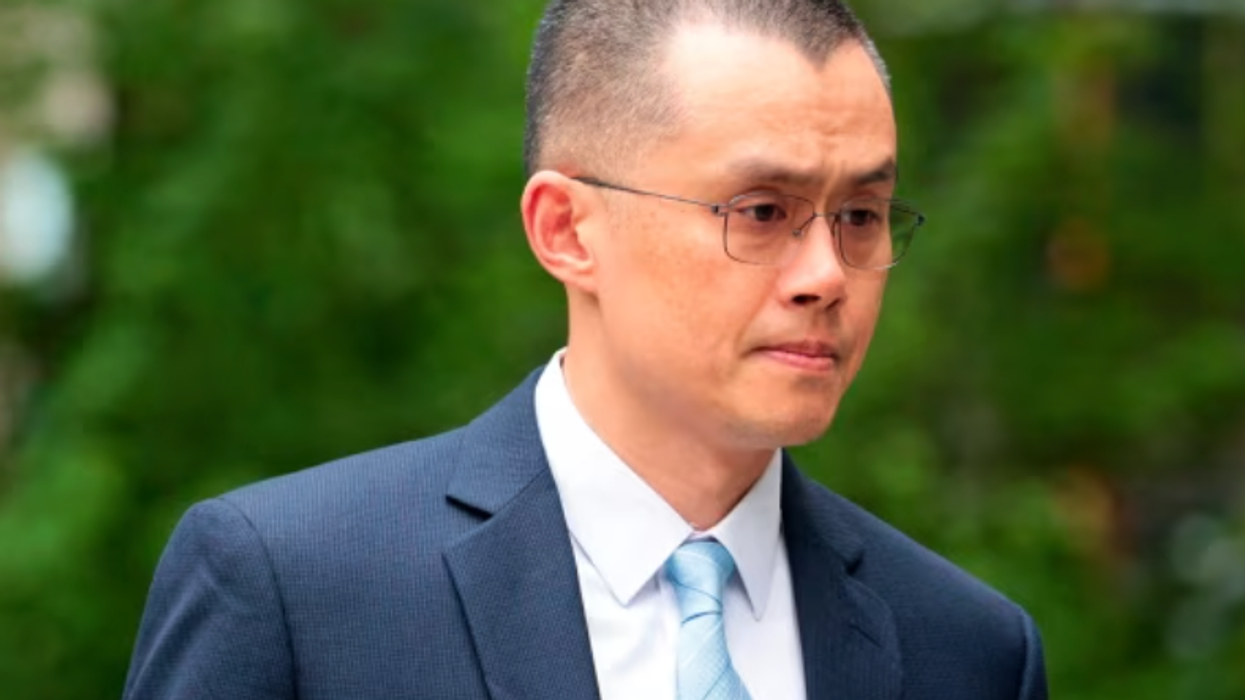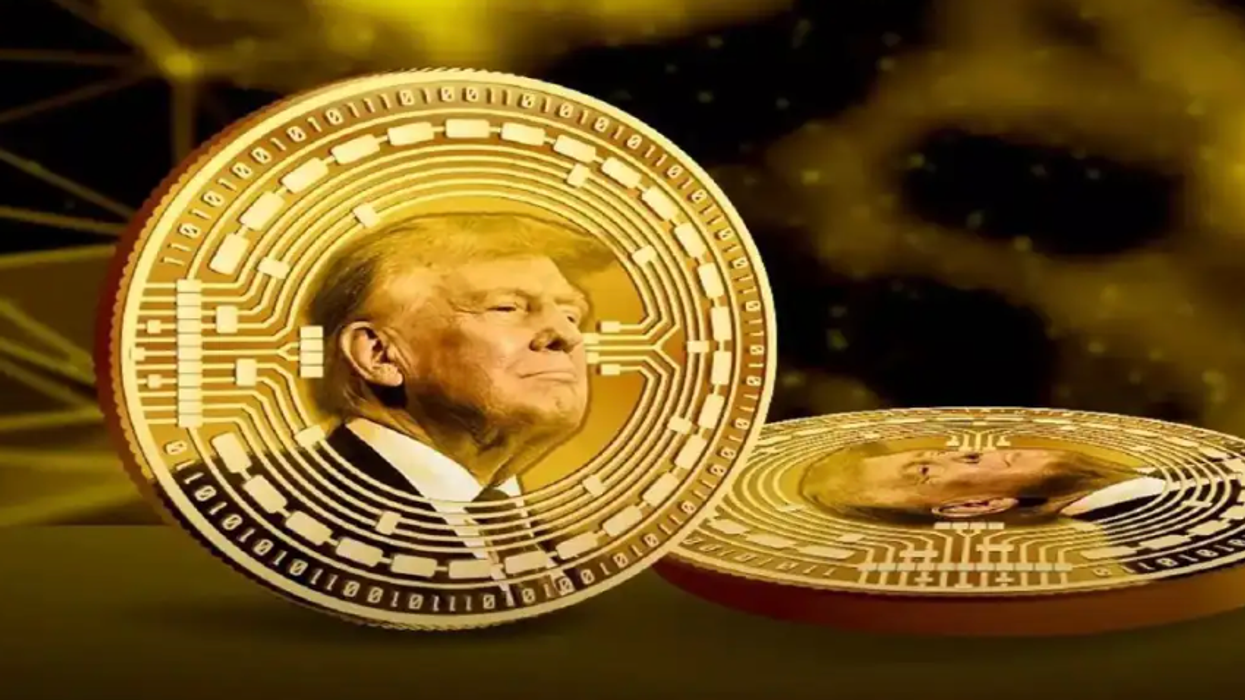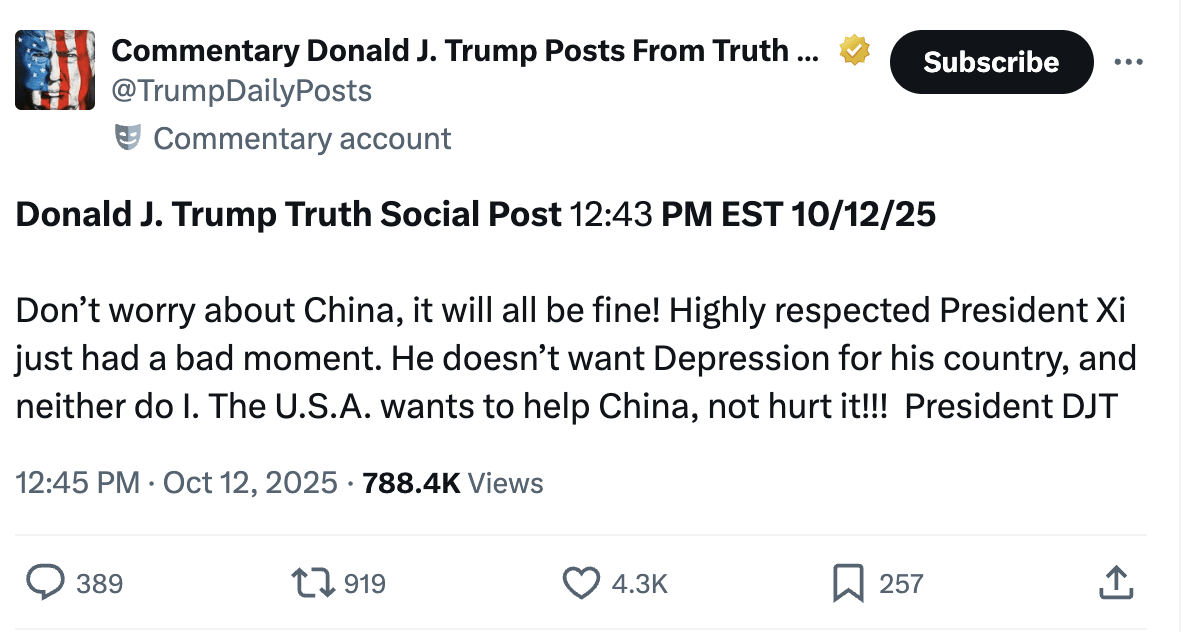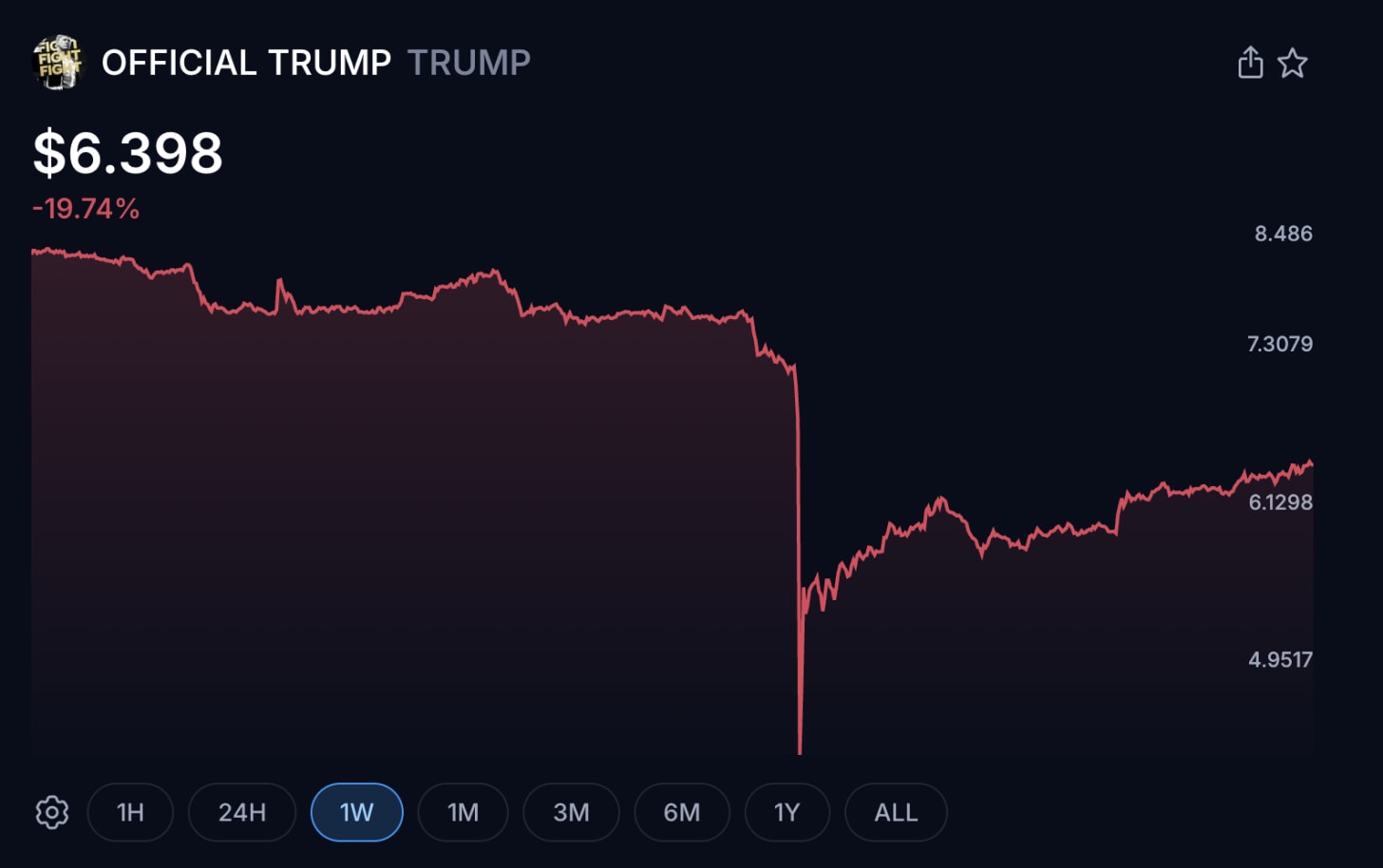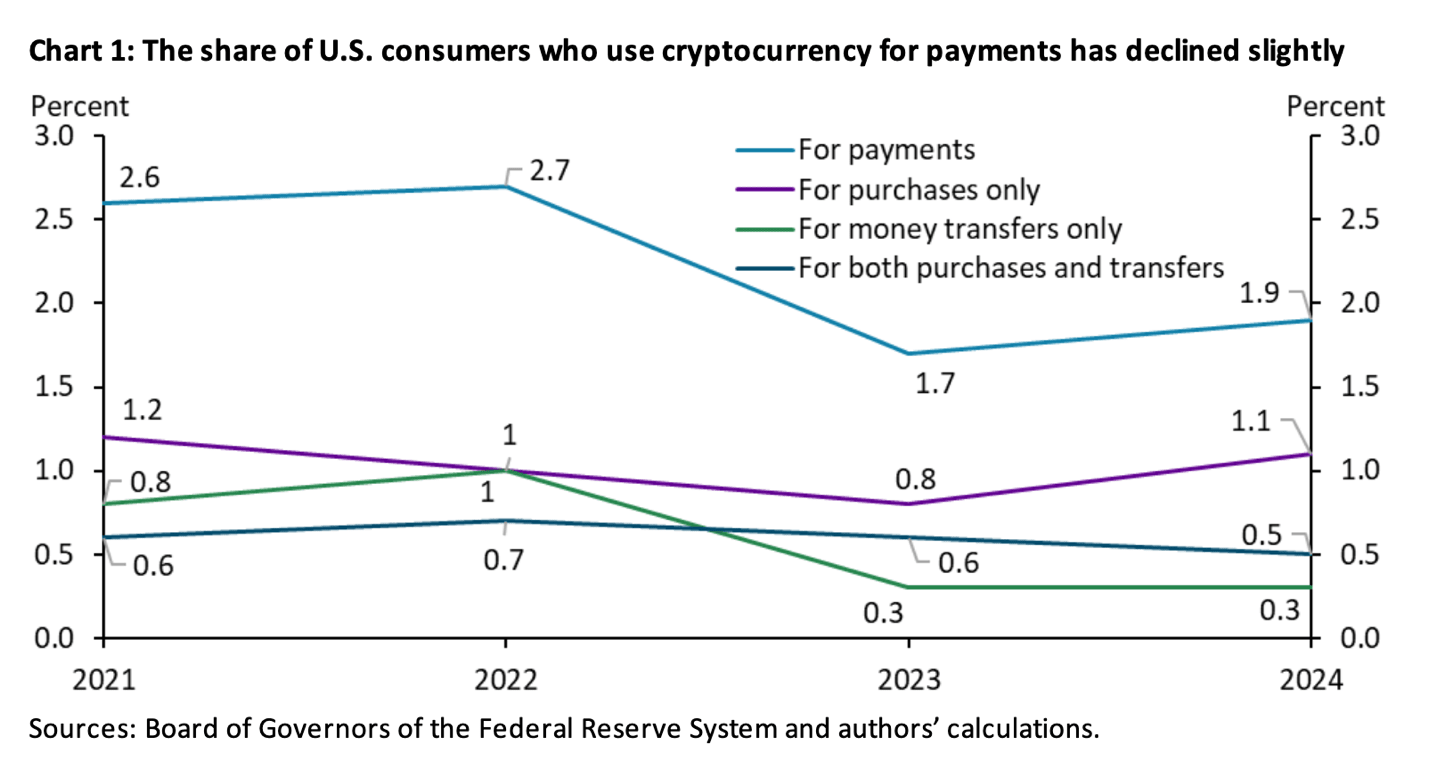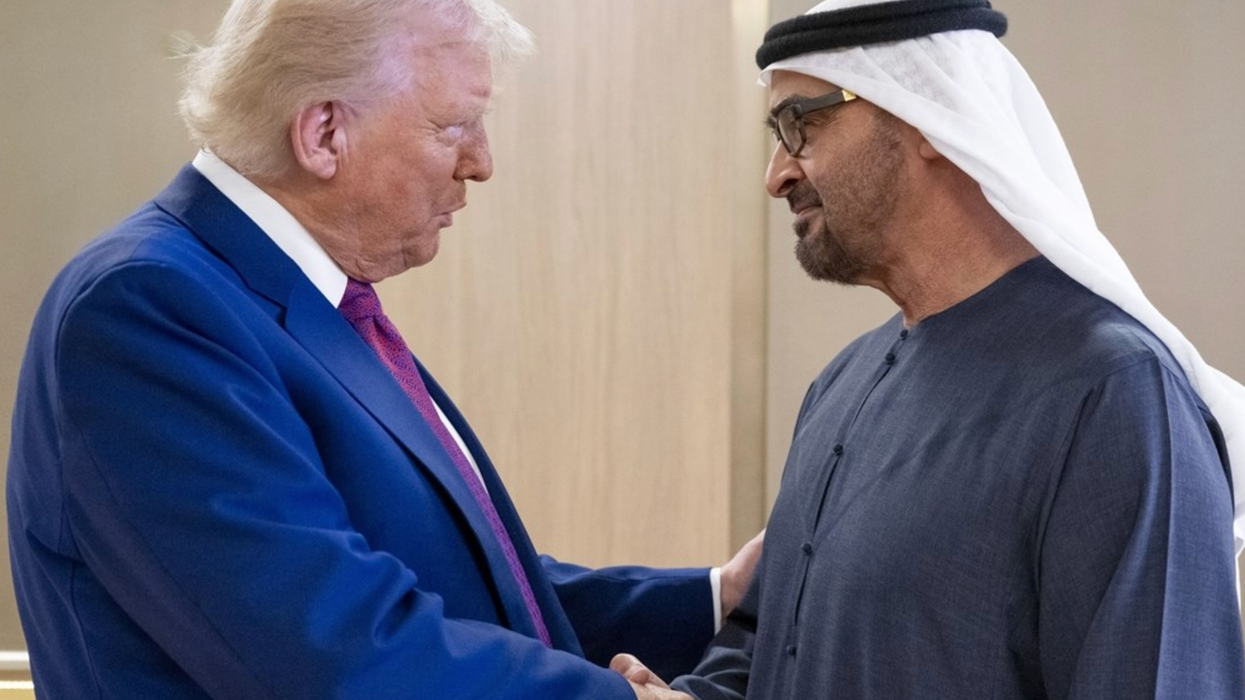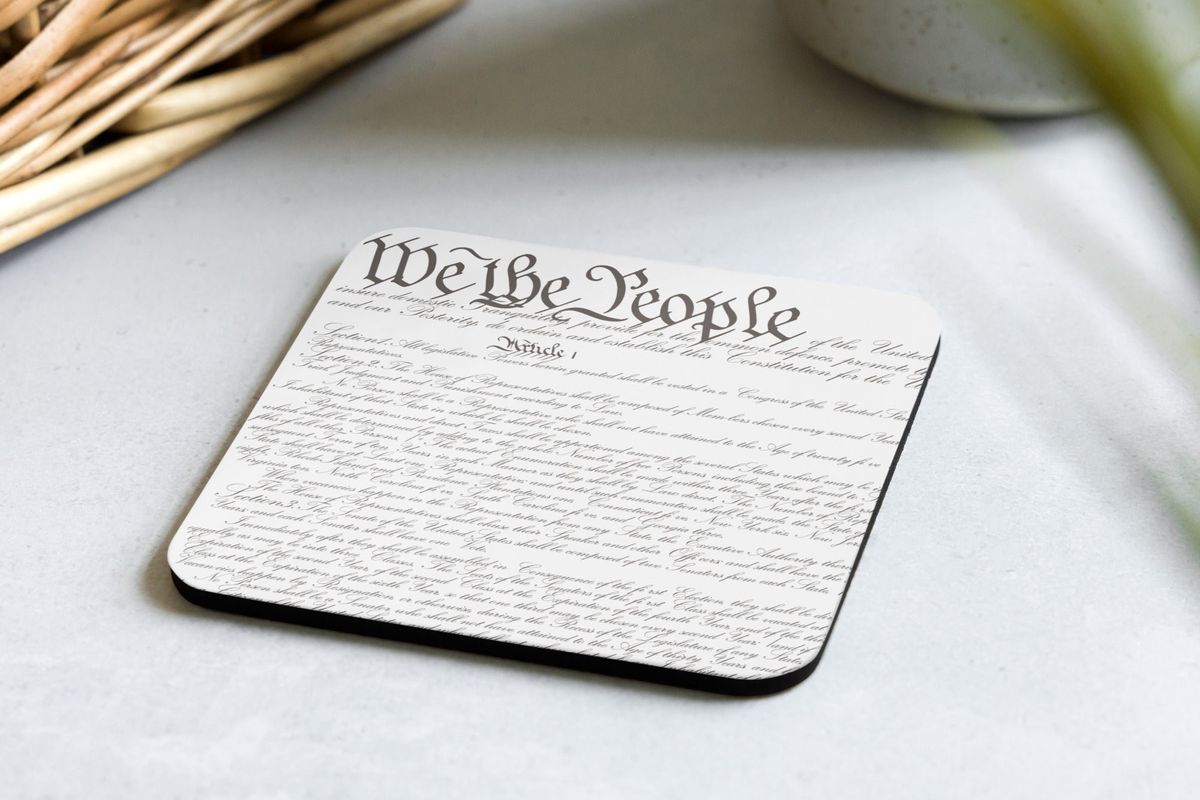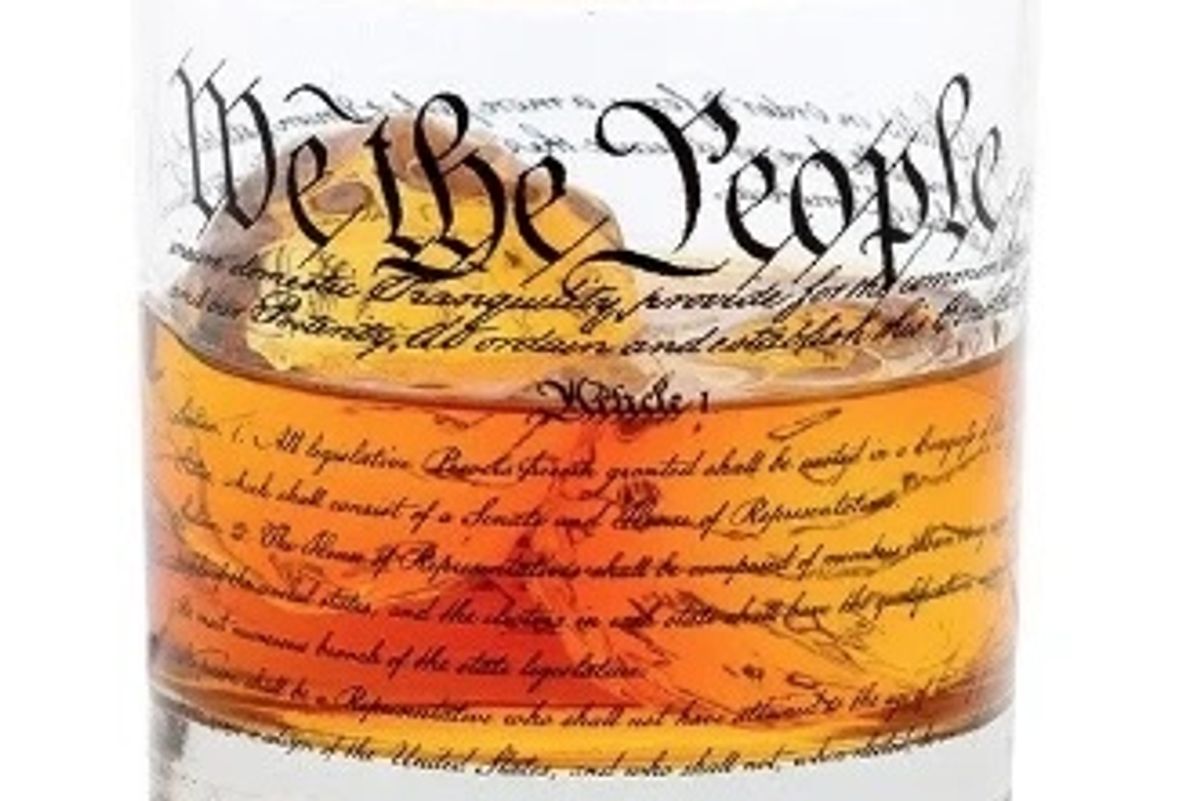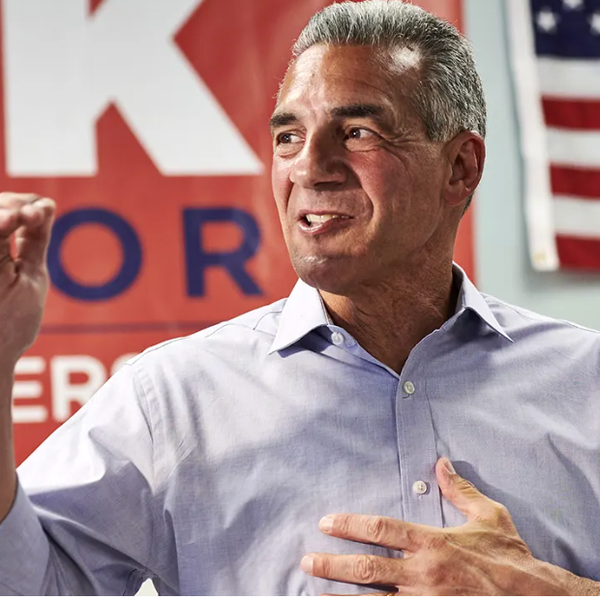Terrorists? Drug Smugglers? How Trump's Corrupt Pardon Promotes Criminal Networks
When Donald Trump delivered a full pardon to cryptocurrency billionaire Changpeng Zhao last week, the president didn’t mention the enormous financial favor that Zhao bestowed on the Trump family last July – an investment of $2 billion in World Liberty Financial, the First Family’s big crypto venure.
Instead, when a reporter asked about the pardon of “CZ,” as the crypto mogul is known, Trump portrayed him as a wholly innocent victim of the Biden Justice Department, those “corrupt” and “far left” prosecutors who had targeted the president himself.
“I don't believe I ever met him,” Trump said of his crypto benefactor. “But I've been told, a lot of support, he had a lot of support, and they said that what he did is not even a crime, it wasn't a crime, that he was persecuted by the Biden administration and so I gave him a pardon at the request of a lot of good people.”
One of those good people was of course CZ himself, who commenced his pardon campaign shortly after funneling that multi-billion-dollar investment, financed by Trump’s other friends in the United Arab Emirates, into World Liberty. But the Binance boss was hardly the fall guy in a government witch hunt, to use a Trumpian trope. In fact, he committed serious crimes -- which we know because rather than mount a vigorous defense in court, with all the enormous resources at his disposal, both Zhao and his company negotiated plea deals that resulted in guilty pleas.
The Justice Department generously permitted CZ to plead to a single count of facilitating money laundering, an offense that Binance actually had committed countless times and that formed the basis of its business model. The Binance trading operation, launched in 2017, had grown within four years to become the largest crypto platform in the world by willfully ignoring and evading US anti-money laundering laws.
Zhang’s business model vindicated the warnings of blockchain critics from the very beginning: that crypto’s only obvious uses are to evade taxation and regulation -- and to facilitate crime both here and abroad. Law enforcement officials estimated that “hundreds of millions of dollars in illicit proceeds from ransomware variants, darknet transactions, and various internet-related scams” were routed through Binance to escape detection by US and international authorities.
“For years, Binance allowed users to open accounts and trade without submitting any identifying information beyond an email address,” as the Justice Department explained when it announced Zhao’s plea deal. What this meant in practice was explained in a gloating text message from one Binance executive to another: “we need a banner ‘is washing drug money too hard these days - come to binance, we got cake for you.’”
Indeed, the charging documents in the Binance case recite a litany of international malefactors who routinely exploited its services to carry out their atrocities, from child trafficking and sexual abuse of minors to narcotics smuggling and murderous terrorism. Crypto provided an easy and convenient channel for weapons dealers, espionage agents and terror organizations to evade sanctions on the outlaw regimes in countries like Iran and North Korea that support them.
The most notorious cases involved Hamas, whose leaders employed crypto accounts on Binance to covertly raise millions of dollars between 2019 and 2023 to fund its armed wing, the Izz al Din al Qassam Brigades. Not incidentally, the prosecution and seizure of scores of terrorist crypto accounts – used by Al Qaeda and ISIS as well as Hamas – occurred under the first Trump administration, overseen by former FBI director Christopher Wray and and former Attorney General William Barr.
Unlike that Trump administration, the current version encourages and excuses criminal activity, not only by clearing Changpeng Zhao but by pardoning Ross Ulbricht, whose “Silk Road” dark web entity sold millions of dollars of illicit drugs, and its regulatory leniency toward Justin Sun, another major crypto manipulator who channeled many millions into Trump family enterprises.
Trump is a crony of crypto whose only purpose is to amass billions of dollars for himself, his family and his friends. He has no interest in preventing the abuses – financing terror, abusing children, marketing narcotics – that were so crucial to the founding of a crypto economy. Remember that when you hear him and his minions smearing his critics as “domestic terrorists” or when his “war department” blows a fishing boat out of the Caribbean ocean.
Sadly, those Venezuelan fishermen didn’t figure out a way to pay off the Trumps before they went to sea. They might still be in business, like Changpeng Zhao.
Joe Conason is founder and editor-in-chief of The National Memo. He is also editor-at-large of Type Investigations, a nonprofit investigative reporting organization formerly known as The Investigative Fund. His latest book is The Longest Con: How Grifters, Swindlers and Frauds Hijacked American Conservatism (St. Martin's Press, 2024).


